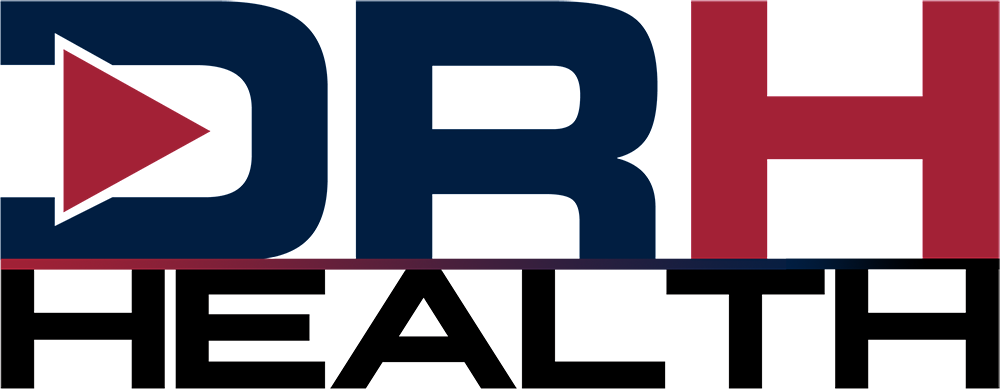Breast Cancer Screenings
According to the American Cancer Society, approximately 1 in 8 women in the United States will develop breast cancer during their lifetime. Breast cancer is the number one diagnosed cancer in women every year, and 15-17% of breast cancers are diagnosed between the ages of 40-50. Screening mammography is the only method proven to reduce breast cancer deaths by detecting breast cancer early.
Many women think they will exhibit symptoms if they have breast cancer – pain, weight loss, night sweats, etc. The overwhelming majority of women with breast cancer will have zero symptoms in the early curable stages. Some women also think that they won’t get breast cancer because they don’t have a family history. Having a family history does increase your risk, but 80% of all women diagnosed with breast cancer have no family history!
Women should start screening mammography annually at age 40 according to the American College of Radiology. Screenings should continue as long as a woman is in good health. Some women with a strong family history of breast cancer may need earlier screening.
The greatest harm associated with screening mammography is being “called back” for additional imaging to further investigate an inconclusive area within the breast. Traditionally, the odds of being called back are roughly 1 in 10 or 10%. Meaning 1 in 10 women typically are requested to return for additional imaging. The overwhelming majority of these “call backs” are normal /nothing to worry about. The medical term for this is a False Positive. The harm is the emotional trauma associated with the fear of the unknown in addition to time out of the patient’s schedule. Very rarely does a “call back” result in a biopsy or cancer diagnosis. A newer technology called 3D or Tomosynthesis has significantly reduced the call back rate by as much as 40% but likely greater. You are less likely to be called back for additional imaging with 3D technology. Every woman screened at DRH Health is getting 3D mammography.
Mammography uses a very low dose of radiation to look inside the breast. This is the same amount of radiation someone would experience traveling cross country in an airplane and roughly the same amount of radiation you get annually from living in your home (radon exposure). The benefits of mammography far outweigh the potential harm associated with the x-ray exposure.
Traditionally, mammography was a one-size fits all approach to breast cancer screening. At DRH Health, we realize you are an individual with unique risk factors requiring special attention tailored to you. We screen every woman for her personal risk of breast cancer (among other cancers). We tailor your breast cancer screening to that risk. Some women only require a 3D mammogram. Others may require a genetic test, whole breast ultrasound or breast MRI screening.
A breast MRI can locate smaller lumps sometimes missed by a mammogram. It can also help detect breast cancer in women with breast implants or those that have dense breasts. When breasts are dense, they have more fibrous tissue and less fat, making it harder for a radiologist to see any abnormalities.
Two essential things to know about mammograms:
- They can save your life. Finding breast cancer early reduces your risk of dying from the disease by 25-30% or more.
- Don’t be afraid. Mammography is a fast and safe procedure; there is only a tiny amount of radiation exposure. Discomfort is minimal for most women.
If you have questions or concerns, call your primary care provider.
Nathan Elfrink, MD
Interventional Radiology
DRH Imaging Center
580-251-6670
